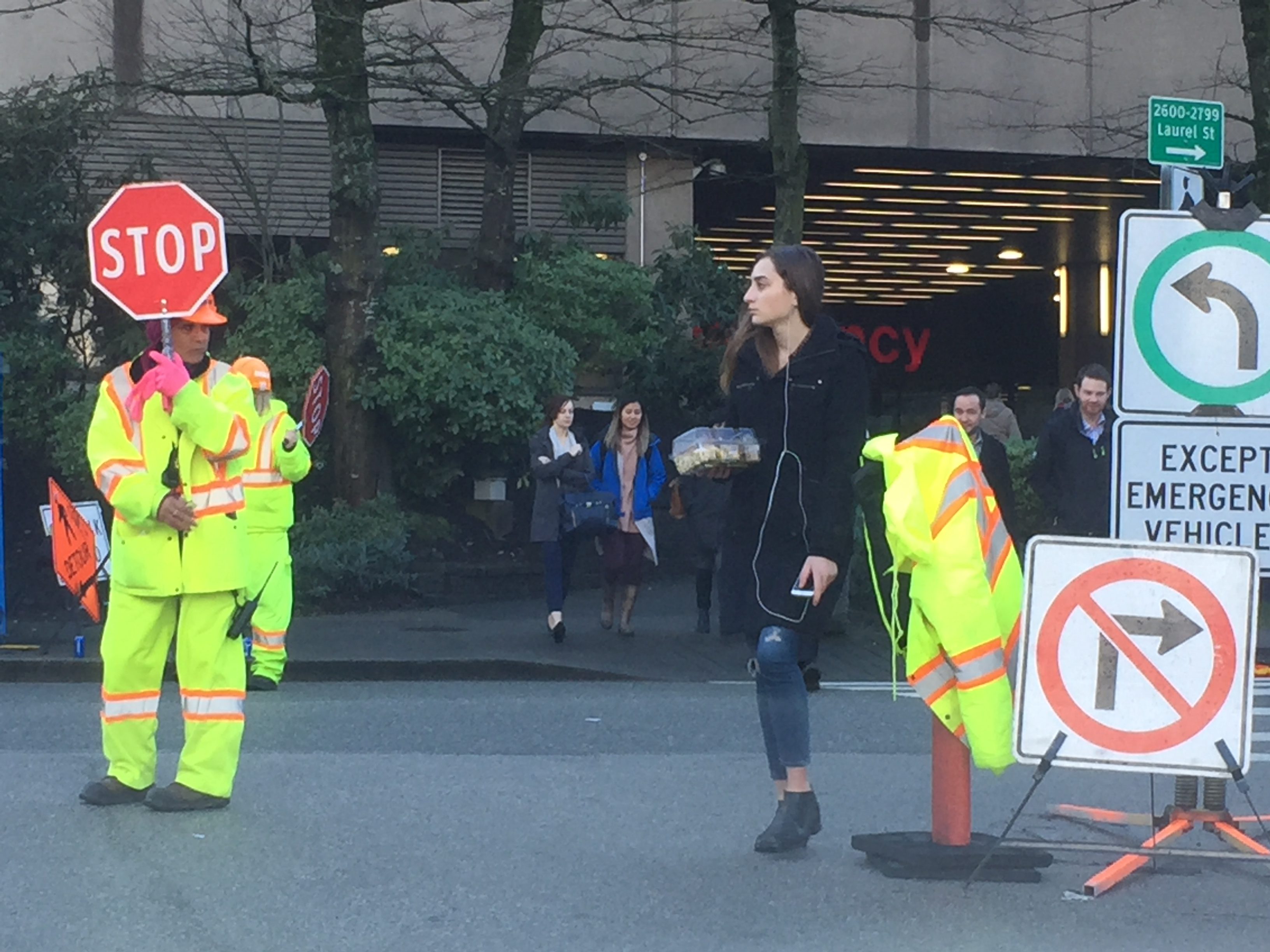
Photo by Kaique Rocha on Pexels.com
Toronto Star reporter Ben Spurr has continued the conversation about road violence against vulnerable road users in that city. It’s been a surprisingly uphill battle in Toronto where 190 pedestrians and 7 cyclists have died in the past five years. But Toronto is not the big city leader in road deaths in Canada. Vancouver is.
The City of Toronto has 2.2 road deaths per 100,000 population. Vancouver actually has a higher rate than the City of Toronto, at 2.4 road deaths per 100,000. And Montreal’s rate is almost half, at 1.3 road deaths per 100,000. You can take a look at the statistics here.
The residents of Toronto have protested against road violence and demanded change in making their city streets and places safer for vulnerable road users. People who have lost loved ones due to road violence have organized and protested in groups such as Friends and Families for Safe Streets.
The City of Toronto originally implemented a 2016 Vision Zero plan that did not aim at the complete reduction of road deaths and serious injuries, but rather a percentage of less fatalities.
Toronto soon realized the folly of that concept as the “the number of fatal collisions in the past 5 years has seen a general increase compared to the previous 5 years. The upward trend is most notably seen in pedestrian fatalities.”
In a June 2019 reboot of Vision Zero called “2.0”-Road Safety Update ,Toronto’s Engineering Staff got serious about the safe systems approach, with Council adopting a speed management strategy, road design improvements, and an education and engagement plan. As well two pedestrian death traps were identified for special attention: mid block crossings (responsible for 50 percent of pedestrian deaths); and vehicles turning through crosswalks (causing 25 percent of deaths). The City also directly stated that their goal was now no deaths or serious injuries on the road, which is the true Vision Zero approach.
Toronto’s data on road violence also mirrored that of Vancouver’s~the majority of pedestrians killed are over 55 years old. But like Vancouver, driver education and the design and timing of intersection crossings still does not reflect the specific requirements of seniors or those with accessibility needs.
The City of Toronto’s analysis identified slowing road speeds as potentially preventing almost 20 percent of fatalities and serious injuries, with road design modifications and signalization of mid-block crossings reducing mortality by another 23 percent. Protected cycling lanes and pedestrian leading intervals (head start signals) could mitigate another 14 percent of deaths/serious accidents.
It is always much easier to finger point at the vulnerable road user as being the pesky problem in any vehicular crash. Throughout the 20th century laws have habituated low penalties to drivers who kill or seriously maim pedestrians or cyclists, almost as if road violence was accepted collateral for standardized vehicular movement.
Despite the victim blaming about inattentiveness of pedestrians and cyclists, Toronto Police point out that between 2007 and 2017 65 percent of victims killed were over 55 years old, and most of that cohort would not be owning cell phones.
Data collected and interpreted by the Toronto Star shows Toronto statistics that are similar to Vancouver’s. In 45 percent of crashes that are fatal or causing serious injury, the pedestrian had the right of way. Like Vancouver pedestrian collisions increase in November with shorter days. In Toronto analysis shows that 75 percent of severe pedestrian accidents happen during good weather conditions, when travel is faster.
One of the struggles for Toronto’s Mayor John Tory is that the “two main goals for his administration’s road policies: easing traffic congestion, and making streets safer through Vision Zero, which he has backed at council” may actually work against each other. Traffic congestion slows vehicular speed, allowing for more driver reaction time and less serious injuries in crashes with vulnerable road users. Congestion also facilitates the use of alternative ways of moving, such as the King Street streetcar and buses.
It is clear that there needs to be a cultural shift in favour of recognizing pedestrians and cyclists as equal road users that have the right to travel safely on the city’s streets and public spaces. And that needs to happen now.
Toronto’s General Manager of Engineering Barbara Gray sums up the civic approach to Vision Zero in this YouTube video below.

